The equestrian discipline of TREC: the horse-rider combination
By: Maribel Estefanell Posted: 03/06/2022
Within the equestrian world you can practice different activities.
From having your own horse and going for trail rides with him, to booking a horse riding holiday with the advice of an equestrian tourism outfitter.
Another important part of equestrianism is sports. Sports such as show jumping, dressage or polo are regulated by official associations that organize competitions at different levels.
A discipline that is perhaps less known, but equally important, is TREC. In this article, we will explain what TREC is and its characteristics.
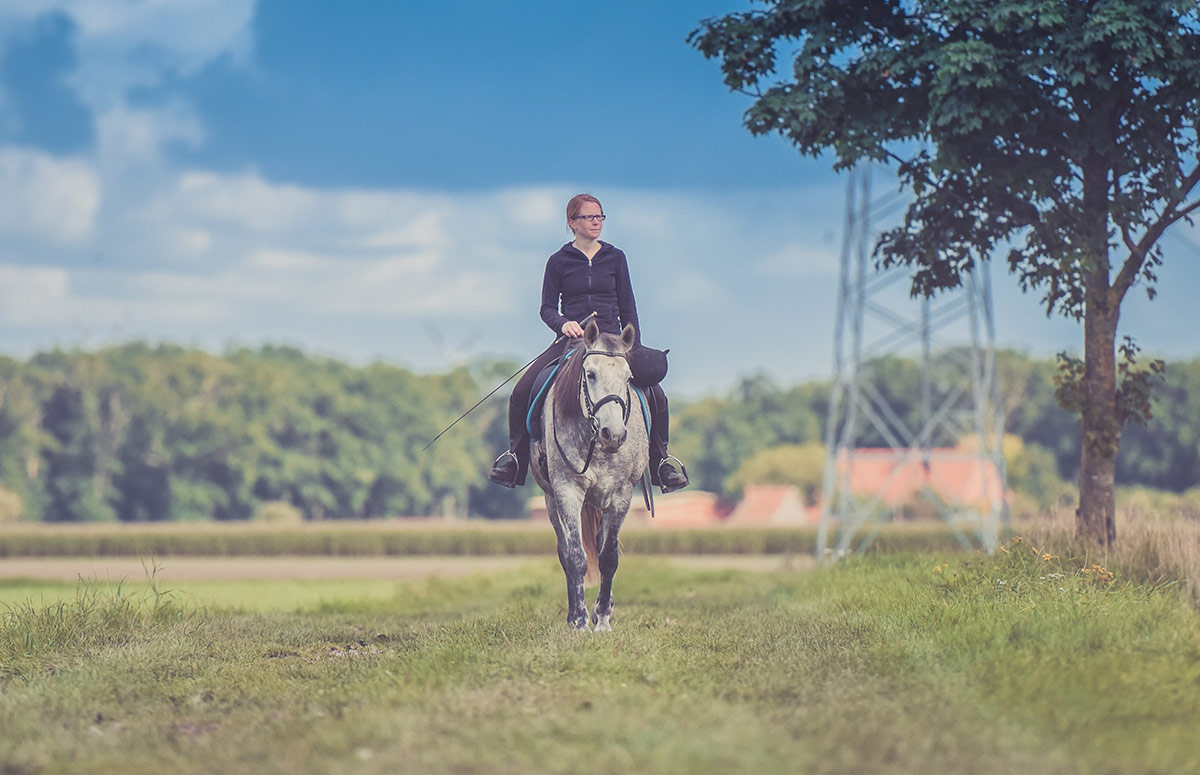
TREC, a discipline of skills
TREC (Techniques de Randonnée Équestre de Compétition), is an equestrian sport that tests the different skills of horses and riders. We could say that TREC takes equestrian tourism to a competitive level.
It developed as a means of testing and improving the skills of trail ride leaders. The 3-phase sport tests rider navigation and the horse’s ability to tackle different terrain and natural obstacles that can be found in horseback rides and trips.
Through a series of tests, the skills of the rider-horse combination will be rewarded. You can participate with any horse breed, including ponies.
As for riders, there is no age limit. However, they are grouped in different categories.

Would you like to be part of a group with an equestrian soul?
Join the Ampascachi Community. Obtain exclusive benefits for your holidays.
We tell you how to start, train and take care of your horse.
Interviews with direct providers of riding tours around the world.
Opinions of outstanding equine scientists and personalities in the equestrian sport world.
About TREC
Although the first equestrian competition of TREC was held in France, its origins can be found in the Competitive Trail Riding (CTR), of the USA.
CTR is a distance sport competition over a measured trail that is completed within a window of time. The sport emphasizes safety, proper horse management, and communication and teamwork between horse and rider.
Based on the premise that the relationship between the rider and the horse comes first, a group of equestrian tourism enthusiasts created the discipline of TREC in the late 80s in France. The name TREC is the acronym for the French name "Techniques de Randonnée Équestre de Compétition" In English, this loosely translates to Equestrian Trail Riding Competition.
In this sport, the objective is to test the horse’s physical and psychological preparation and the rider’s skills.
Since 1989, the international championships of TREC have been organized and sponsored by the International Federation of Equestrian Tourism (FITE).
Since 2016, FITE has organised the European Championships of TREC with an annual presentation for Young Riders and every two years for Senior.
Gradually, it has spread to other countries in the world.
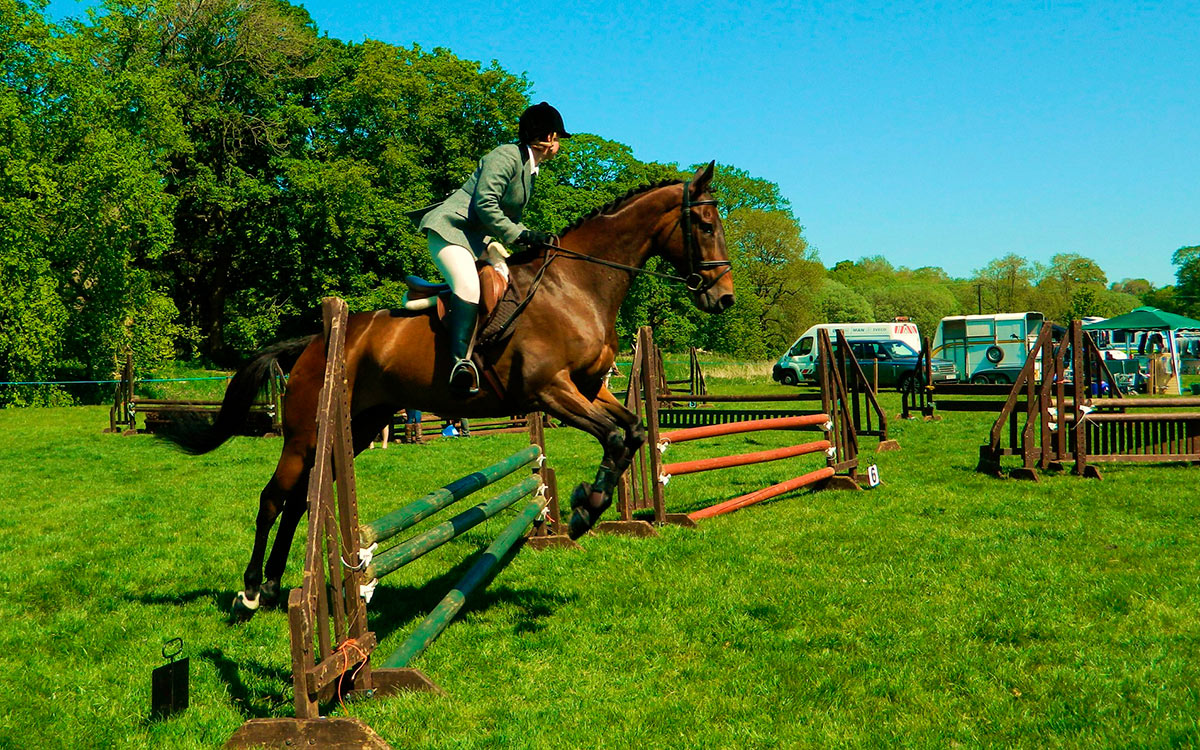
The different TREC phases
efore the different phases of the competition, the riders must present their horses and have their equipment approved.
Judges evaluate the horse’s overall appearance, the rider's outfit and the adequacy of the equipment and material for outdoor riding. They will also check the required items such as a first aid kit, a farrier kit, identification, etc.
Although no official clothing or outfit is required, most competitors prefer comfortable clothes, boots and chaps. In Spain, a safety helmet is a must in the three phases, but each country has its own regulations.
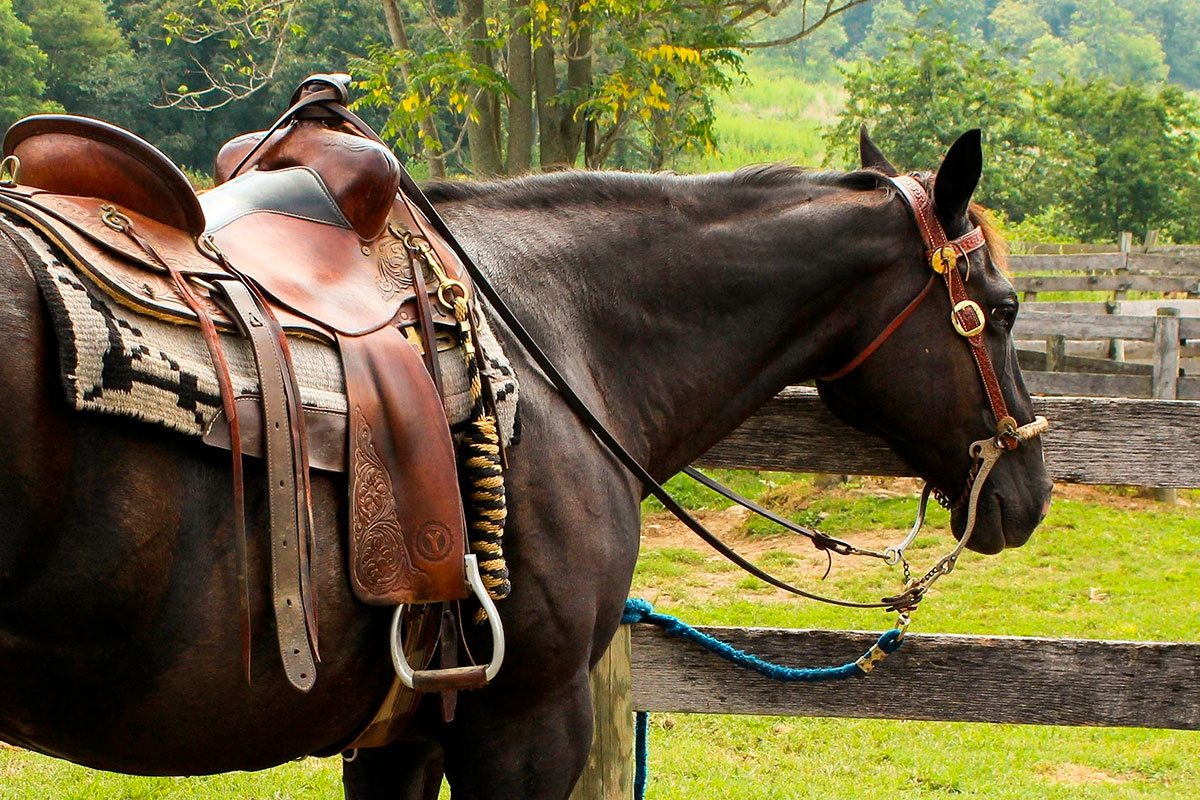
There are 3 phases:
- The POR phase (Orienteering and Regularity)
- The MA phase (Control of Paces)
- The PTV phase (Obstacle course)
The POR phase (Orienteering and Regularity)
In this phase competitors can get the maximum score. It is aimed at developing the skills needed to plan and execute a long distance ride in unfamiliar countryside.
Riders will use a variety of navigational skills they have learnt, including map reading, grid references and compass bearings to follow a route in given time and speed (between 5 and 12 km/hour). The length can range from 10 km to 60.
Ten minutes before the start, riders must copy a route from a master map and follow the route.
Riders should avoid going faster or slower than the indicated speed, and they can see how they are doing at the different checkpoints throughout the route.
At these checkpoints there are veterinary checks, which will determine if the horse can continue with the competition. If after 15 minutes of rest, the heart rate is still greater than 64 beats per minute, the horse is eliminated from the event.
They will also check the horse's shoes, so that the rider can solve any possible problem.
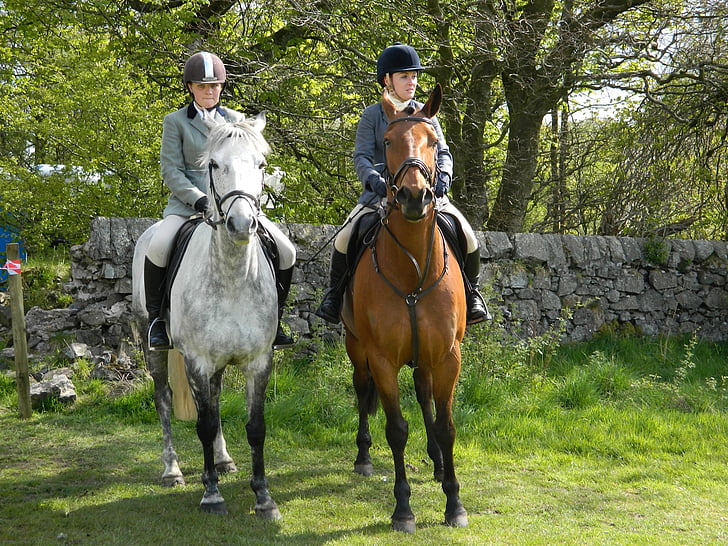
The MA phase (Control of Paces)
In this phase the riders are asked to show control over their horse's paces at a specific time.
Along a 150m long and 1.5m wide corridor, competitors have to canter as slowly as possible and then walk as quickly as possible.
This means that there are 2 parts:
- First, you have to canter down as slowly as possible along 100 or 150 meters (depending on the level of competition).
- Then, you turn around and walk back as fast as possible without leaving the corridor.
Competitors must complete both parts without breaking the gait or stepping outside the corridor, and they have 3 attempts to achieve it.
In the case of ponies and novice riders, the MA phase includes 5 different sections with different gaits and each section is marked with cones. In these cases, a wider corridor is used (2 meters).
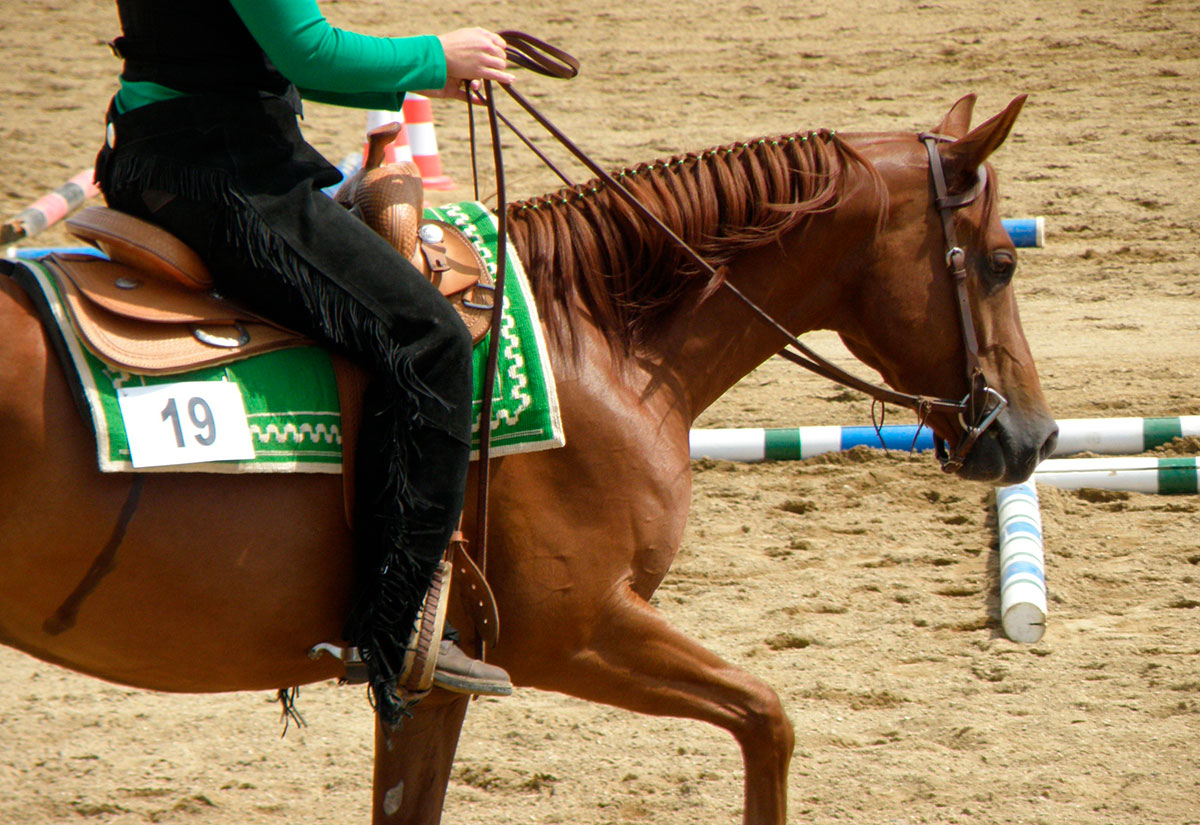
The PTV phase (Obstacle course)
It is an obstacle course that can range from 300m to 2km long where riders will have to negotiate 16 obstacles placed over a field. There is a maximum time to do the course.
There is a large range of obstacles and they include things like crossing water, jumping logs, negotiating drops, gate, footbridge, etc., which would normally be encountered out hacking in the countryside.
Judges will evaluate how you negotiate obstacles.
They will also take into account the horse’s level of training, including its confidence, strength, handling, balance and safety, as well as the rider's aids and riding skills.
This phase is aimed at testing the rider-horse combination.

Subscribe to the Ampascachi Community and obtain benefits and exclusive content. Furthermore, we offer free advice on horses and equestrian tourism.
TREC Modalities
TREC is a discipline for all ages and levels of riding ability. However, there are different competitions and riders are grouped according to these parameters.
In total there are 5 modalities, two of them of initiation level, and another 3 of three of higher categories.
The initiation levels (TREC Young 0* and TREC Young 1*) allow novice riders to discover the sport through tests adapted to them thanks to different pedagogical, fun and safe situations.
Each category has its own rules regarding distance, time and scoring. They also specify the age of the rider and the horse, and the score that can be obtained in each phase.

Finally, there is the team competition, which requires at least three teams and in each team there should be a minimum of three riders.
All phases are judged by a jury, the Ground Jury which consists of a President and up to three members.
The International Federation of Equestrian Tourism (FITE) arranges training for international Working Equitation and TREC judges, as well as for PTV and POR track managers.
The welfare of horses
Finally, I would like to mention that the welfare of horses competing in TREC is paramount.
This equestrian discipline is considered to improve the mental health of horses, since it helps them change up the daily routine. They go out to the countryside where they can do something different from their usual work, which can be very relaxing and motivating.
The organizers must provide adequate accommodation for the horses. They will have boxes (with bed), paddocks, corrals, etc. In fenced and safe enclosures.

They will also ensure that the horses have enough water and fodder.
And for each official competition, they must appoint one or more vets who will be responsible for the horse’s health.
Farriers are also important in every competition.
Conclusion
As we can see, this discipline is more than just an equestrian competition. Thanks to TREC, we can test the skills of a rider in planning and executing a long distance ride in unfamiliar countryside, as well as his or her ability to handle the horse.
Although the official rules and regulations are the same in all countries, each one can add its own rules as required. Therefore, it is advisable to check them first if you want to compete in another country.
Since all TREC competitions are organized by FITE, I recommend that you go to their website to see all the information (https://fite-net.org).
You can also find further information on the website of the French Equestrian Federation (www.ffe.com) where there is a PDF with all the regulations.
Would you like to delve deeper into the world of horse training?
Download our free guide on Horse training step by step. There we tell you everything we have learned about horse training in more than 25 years of experience.
And if you want to be a professional horse trainer and get field-based training, you should check out our training program. You will have the opportunity to live in our equestrian centre and experience our full training process with young horses.
~
THIS COULD ALSO BE INTERESTING
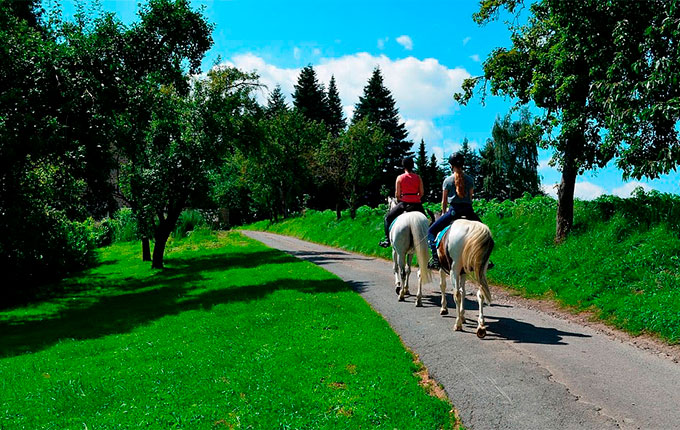
Interview with FITE President, Frédéric Bouix
Frédéric Bouix, president of the International Federation of Equestrian Tourism (FITE) explains all the activities and functions of this federation.
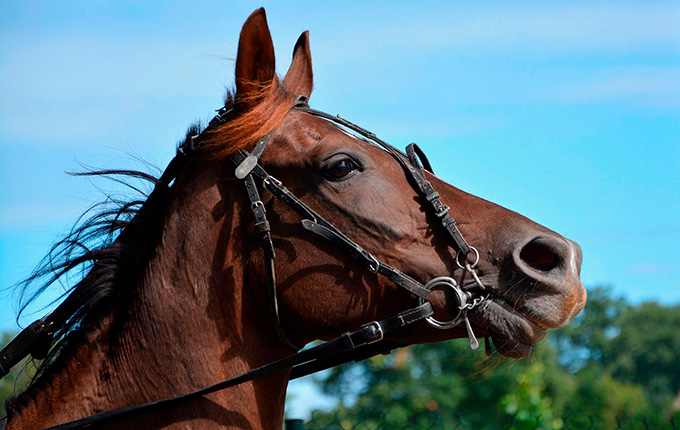
All you need to know about horse bits
In this article, we will discuss the different types of horse bits and how to select the right one for your horse. You will learn about the differences between snaffle and curb bits.

Diverse landscapes for horseback riding in Argentina
Argentina is waiting for you to ride in regions like Patagonia, the provinces of Cordoba, Salta and Jujuy and to visit the Iguazu Falls or cross the Andes.
~
WHAT IS YOUR OPINION? LEAVE A COMMENT
Planning your horse riding holidays?
Join the Ampascachi Community. You will get exclusive advantages and guidance for your next horse riding holiday.


 German
German French
French Spanish
Spanish